In this article you will find out from Katja and her Boxer male Charly why and in what situations they use collars or dog harnesses in everyday life.
Katja & Charly: About the human-dog team
Who does not know it? You stand in front of the mirror for what feels like an eternity in the morning because you don't know what to wear... I never expected that I would ever feel the same way with my dog.
I'm Katja, 30 years old and live in beautiful Carinthia (Austria) and am a self-confessed dog accessories addict.
I became a dog owner by chance. “I would like to take a look at the breed” quickly turned into a firm reservation for a dog that was still in its mother’s womb at the time.
I couldn't have predicted at the time that I would get the cheekiest and most self-confident dog. Charly, that's the name of my now 8.5 year old boxer male, was a really big challenge for a first-time dog owner like me.
The easy way never worked for us. So I spent a lot of time listening, watching and reading about different methods of doing different things and talking a lot with other dog owners.
Even then, it became clear to me that there was no clear answer to the question of the right “leader” item, i.e. a collar or harness. It seems to me like there are two opposing camps or two different religions. And often you can't see the forest for the trees.

In our blog post I want to give you a little insight and share my experiences with you. 😊
The collar – the spawn of evil?
We have actually tested a lot of different manufacturers and materials until we finally found something that meets our (yes, I am deliberately writing our) requirements here. But before I describe the general advantages and disadvantages of the collar, I would like to tell you about a not so great experience.
 When Charly was a few months old, I bought a collar from a fairly common/well-known brand in a large pet store. The color and finish was great in my opinion! He hasn't actually worn it very often - maybe 2 or 3 times... When a friend announced herself one afternoon, I thought I'd greet her right down in front of our apartment complex. There was a busy road next to it.
When Charly was a few months old, I bought a collar from a fairly common/well-known brand in a large pet store. The color and finish was great in my opinion! He hasn't actually worn it very often - maybe 2 or 3 times... When a friend announced herself one afternoon, I thought I'd greet her right down in front of our apartment complex. There was a busy road next to it.
The dear friend who visited us was loved dearly by Charly. The power boxer saw her and pulled on the leash so hard that the collar opened. YES! The unspeakable happened and my heart almost stopped. There was my boxer boy, who was just a few months old, without a collar - completely free - on the street... My luck was that he ran straight into my girlfriend's arms. So, thank God, everything turned out well!
I would like to point out that that was 8 years ago, that material defects can appear anywhere and that the product mentioned is constantly being developed and improved... Something like that can happen - but it shouldn't happen under any circumstances!
Advantages of collars
But if your dog learns that he should/can/may/must walk on a loose leash, then the collar is a wonderful way to interact with each other.
For example, if you're out and about in the city, using a collar offers much greater precision.
But what exactly do I mean by that? If you have to keep the dog on a short leash and collar, the four-legged friend doesn't have much room to get out of the way. This means I simply have more influence over his movements - so we've successfully avoided a few pieces of glass.
Another huge advantage of wearing a collar is that the dogs are not restricted and therefore have full freedom of movement on their backs.
What is the best thing about collars for me personally? There are a variety of colors, shapes and materials and I enjoy choosing “new” collars for the Sir! With the PAWSOME DESIGN YOUR OWN collars made of greased leather, biothane and climbing rope you have complete design freedom.
But what can happen if collars are used incorrectly?
- For example, if Wuffi pulls constantly, the trachea is squeezed and, in the worst case scenario, the larynx is injured.
- In this case, chronic inflammation in the neck/throat area can even occur.
- The neck muscles are also put under a lot of strain by constant tugging - because holding something against them automatically creates tension and this in turn can lead to headaches.
- Scared dogs can easily free themselves from the collar by jumping backwards.
So it is always an individual question as to whether a collar is (already) suitable for you as a team.
The dishes – the jack of all trades?
“If the dog pulls, he should wear a harness !” Many of you have probably read or heard this sentence before.
But is it really that much better? Before I list the (in my opinion) advantages and disadvantages, I would also like to describe a personal experience to you.
As a dog newbie, a harness was recommended to me quite early on because “that way the pressure when pulling is distributed over a larger area”.

Yes, that's basically true . But I didn't realize at the time how many different types of dishes there are and that perhaps not all of them are so suitable for Charly.
As a caring first-time dog owner, I naturally bought a saddle harness from a well-known brand that was recommended to me. At first I was really excited! But the downside showed us quite early on. Charly was able to slip out of the harness with ease.
Another disadvantage: Charly suddenly stopped jumping into the car. At first I didn't connect this with the new dishes. At first I blamed the behavior on the onset of puberty.
But once he was wearing a collar he hopped into the trunk without any problems. I then took a closer look at the harness and tried to understand where the straps could be restricting Charly.
I quickly realized that the harness was severely hindering him in the chest and shoulder areas.
Sometimes it seems to me as if a well-fitting harness is like winning the lottery. Rare - but if you have one you can be more than happy.
If you decide to buy a harness, there are a few things to consider:
- The harness must not be too tight, as this limits freedom of movement enormously. Make sure that the rear side strap is a few centimeters away from the shoulder/front leg.
- If the harness is too tight, chafing can occur and the fur underneath the harness can become damaged.
- Make sure your dog doesn't just try out the harness while standing. Take a few steps together and pay attention to your dog's movement sequence. Ideally, your Wuffi should also pull once so that you can see exactly whether the pressure is distributed evenly.
- The dishes must also not be too loose. This gives your four-legged friend the opportunity to slip out of the harness.
- Also pay attention to the locking techniques. Some harnesses can only be put on/taken off over the head. This can be very uncomfortable for some dogs.
Watch your dog closely! See whether your four-legged friend likes putting on the harness. If your Wuffi doesn't like putting on the harness and even turns away when you pick up the harness, this could be a sign that wearing or putting on the harness is very uncomfortable.
The straps may be pressing on areas that are causing your dog pain. Or it means that you have to practice putting on the harness again and rebuild it in a positive way.
Custom-made harnesses are best, such as the 'Bjarki' dog harness made of supple greased leather .
Advantages of dog harnesses
If you now pay attention to all the points, you can fully enjoy the great advantage of the harness - namely the even distribution of pressure when pulled.
This means that the neck and neck area is also relieved. The harnesses are also suitable for sporting activities thanks to their good fit.
So summarized here again:
Collar: advantages
- Available in many colors/materials
- Good control over the dog
- Strong freedom of movement
Tableware: advantages
- Even pressure distribution
- Relieves pressure on the neck/neck area
- Suitable for sports activities
Collar: Disadvantages
If there is a strong pull:
- Heavy strain on the trachea/neck area
- Scared dogs can easily free themselves
Tableware: Disadvantages
If it doesn't fit properly:
- Chafing/pressure points
- Severe restriction of movement (shoulder)
- Putting on/taking off can be uncomfortable
Team collar or team harness?
After all the pros and cons, I have a question for you: Are you team collar or team harness?
We really enjoy using both and alternate them. I like to use our collars in different widths for everyday life and for short (stress-free) walks on a leash.

The longer we travel, the wider the collar is . If we're just going for a quick walk or for a long day at the office, I prefer the collars. Charly can lie carefree and move around completely “freely”. It is particularly important to me to choose a wide collar.
I also noticed that Charly found it easier to climb stairs with the collars on. At 8.5 years old, this can no longer be underestimated.
For our evening, very relaxed walks or for walks where I consciously can't/don't want to pay attention to being on a leash (because we have dogs accompanying us, for example), Charly wears his perfectly fitting harness . There he is on the move from time to time, but also walks next to me on a loose leash. 😊
So we are flexible and we (!) are more than happy with this varied variant.

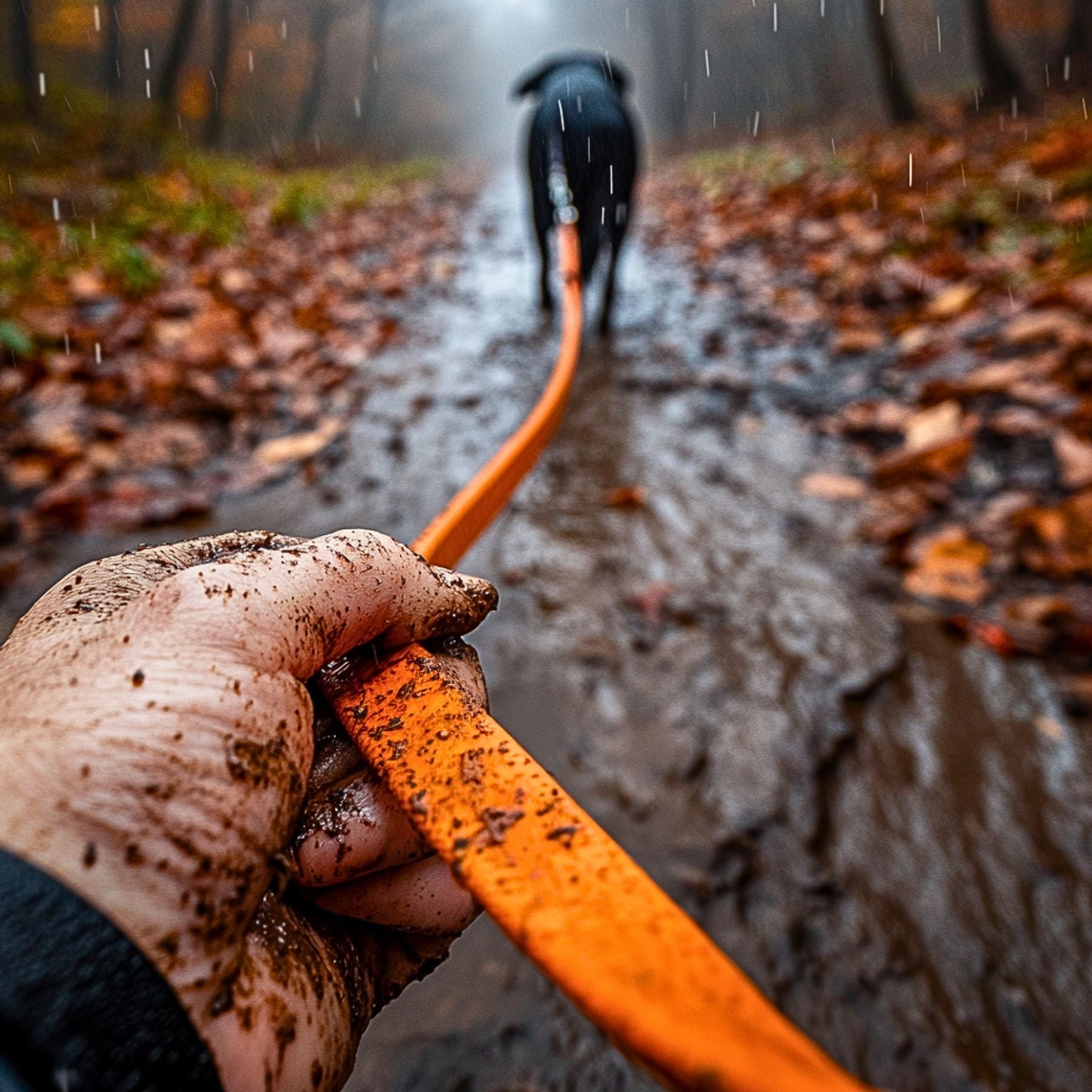
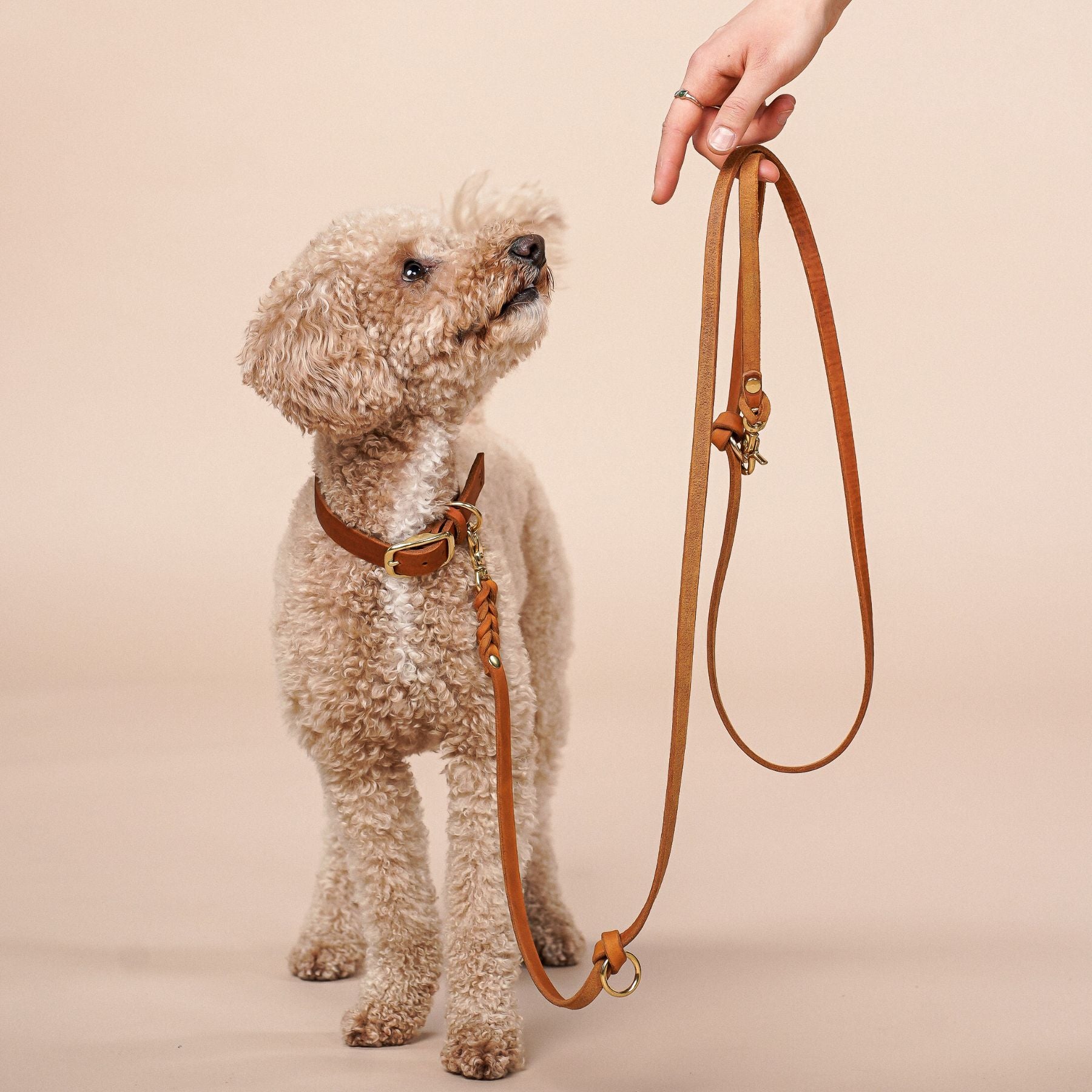
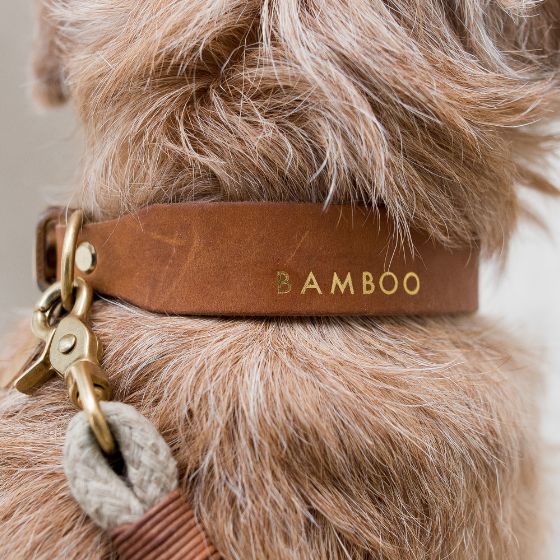
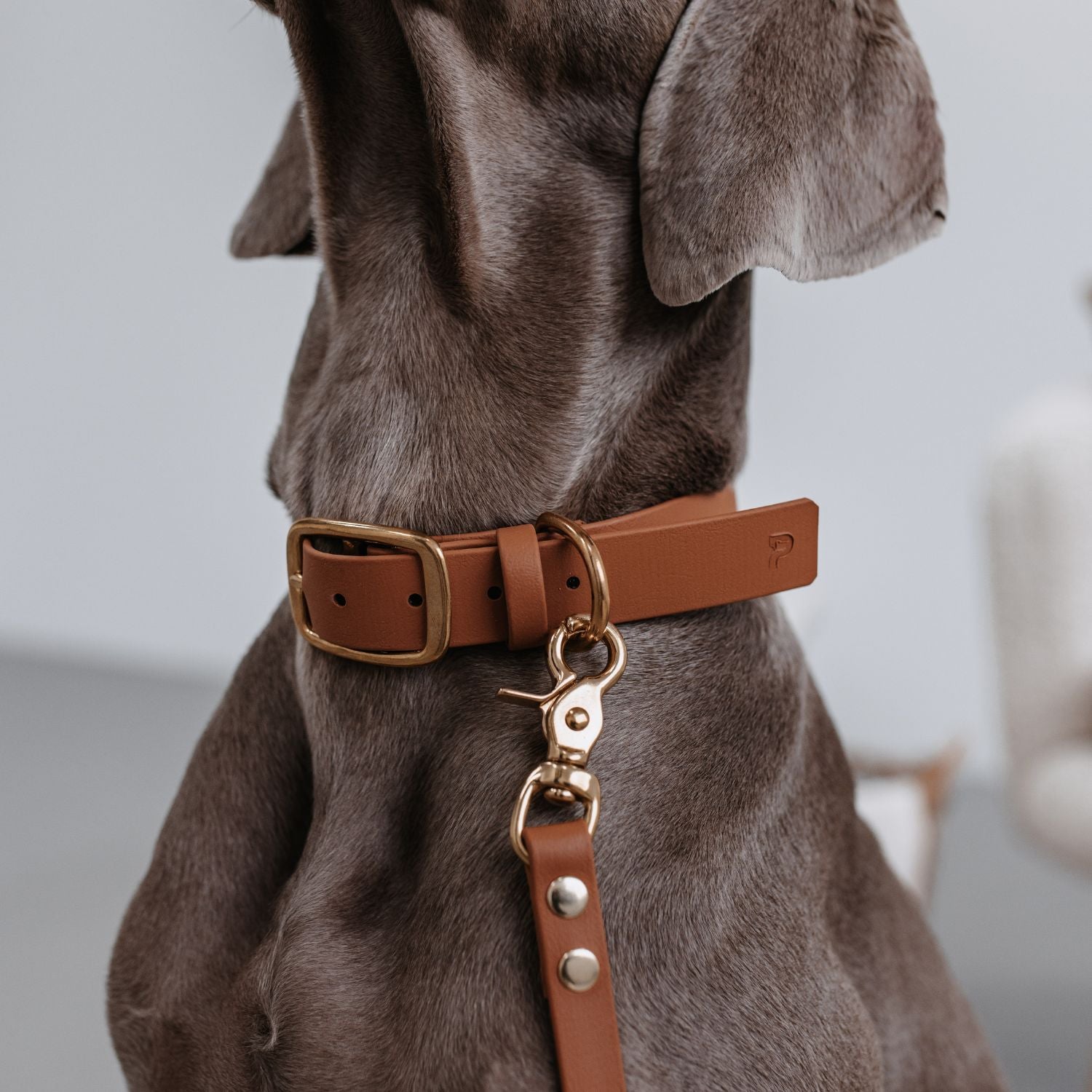
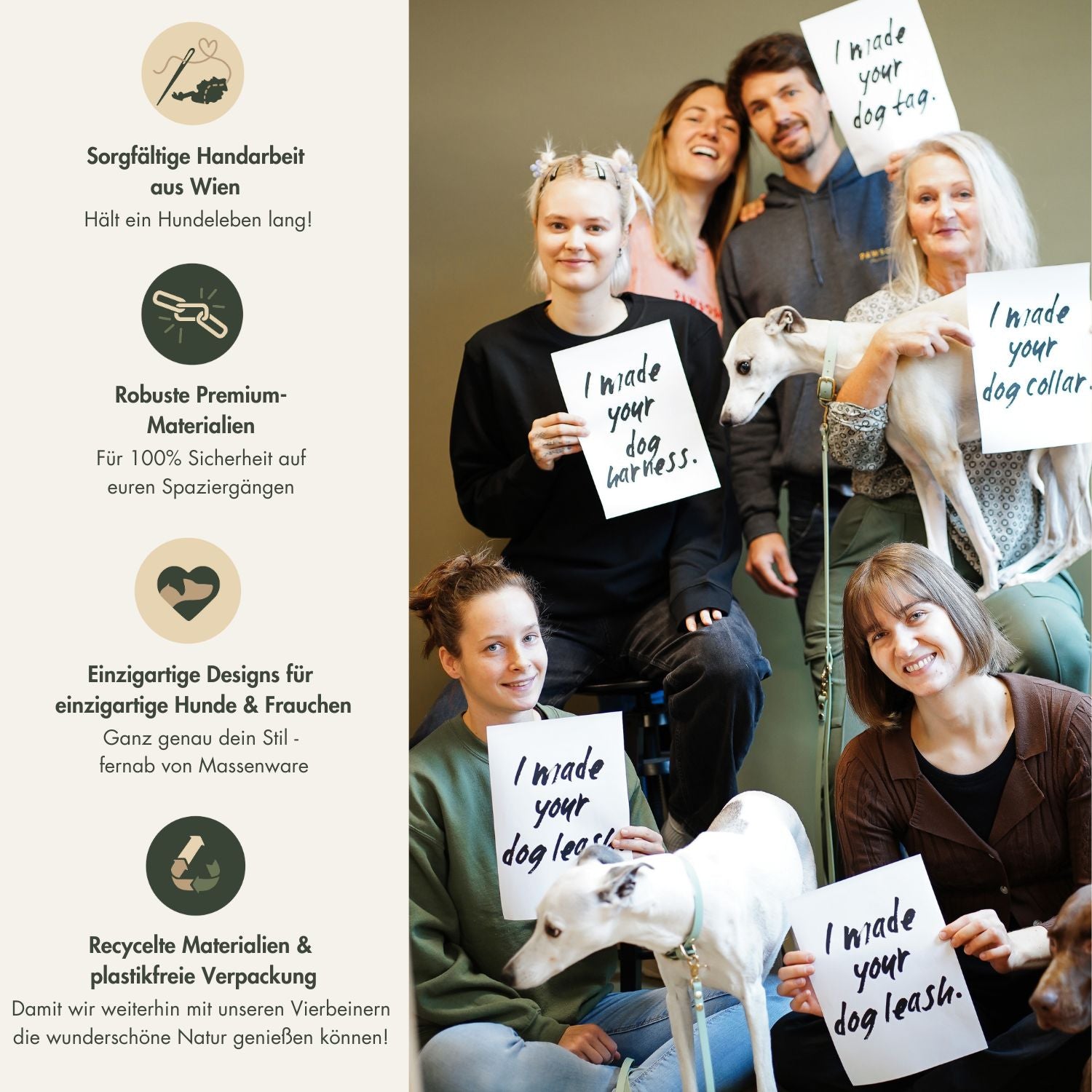
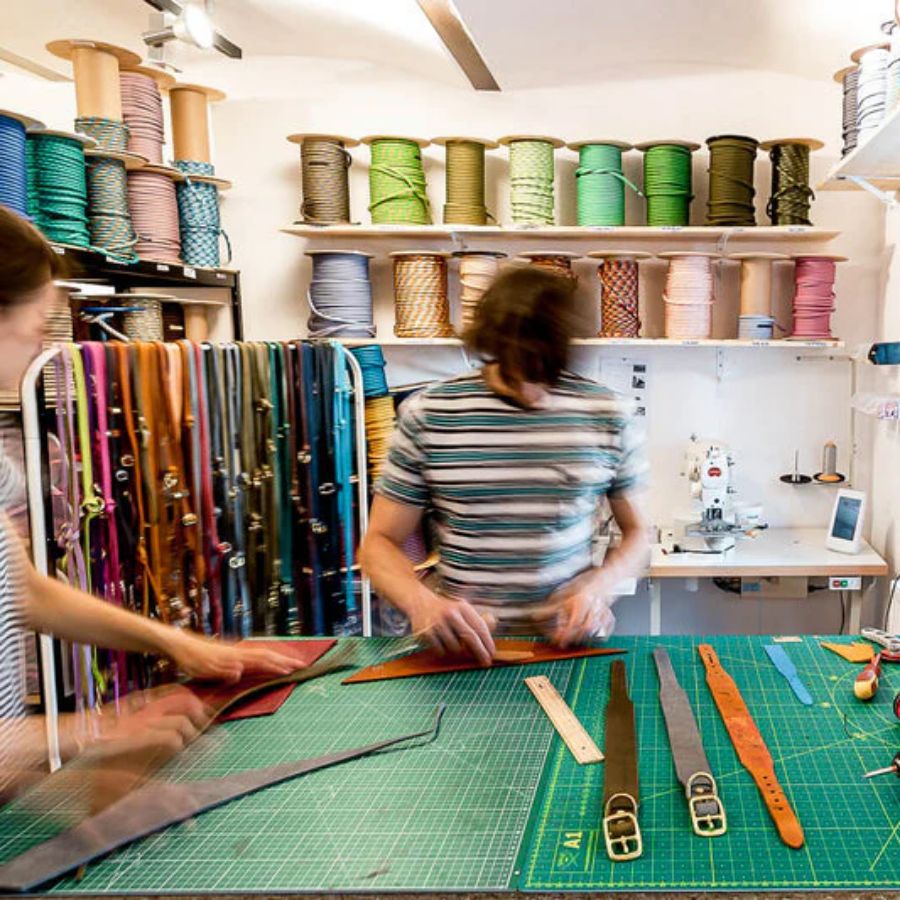
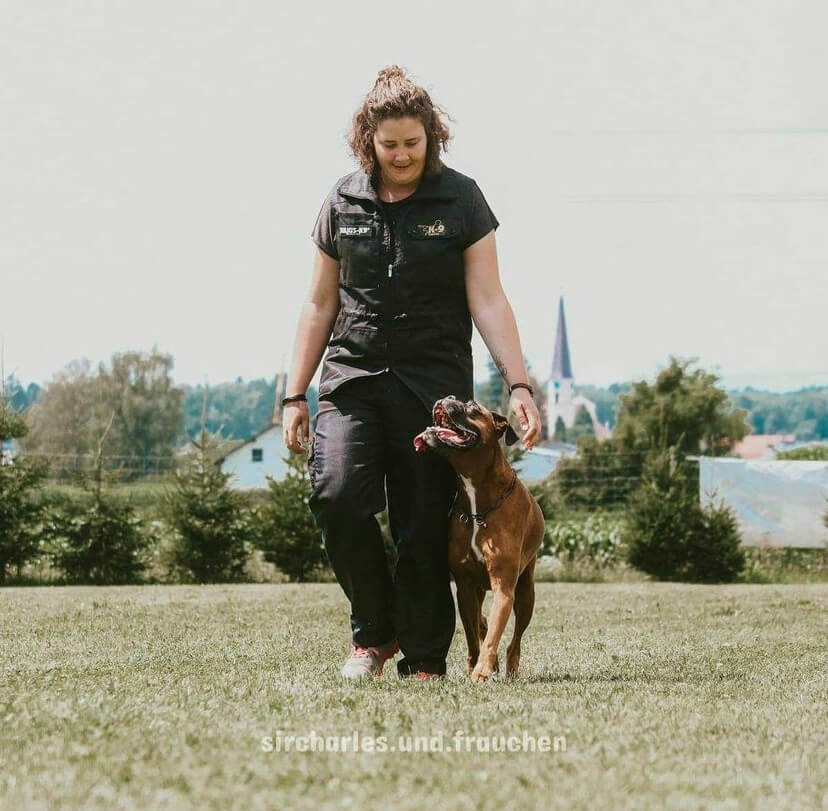
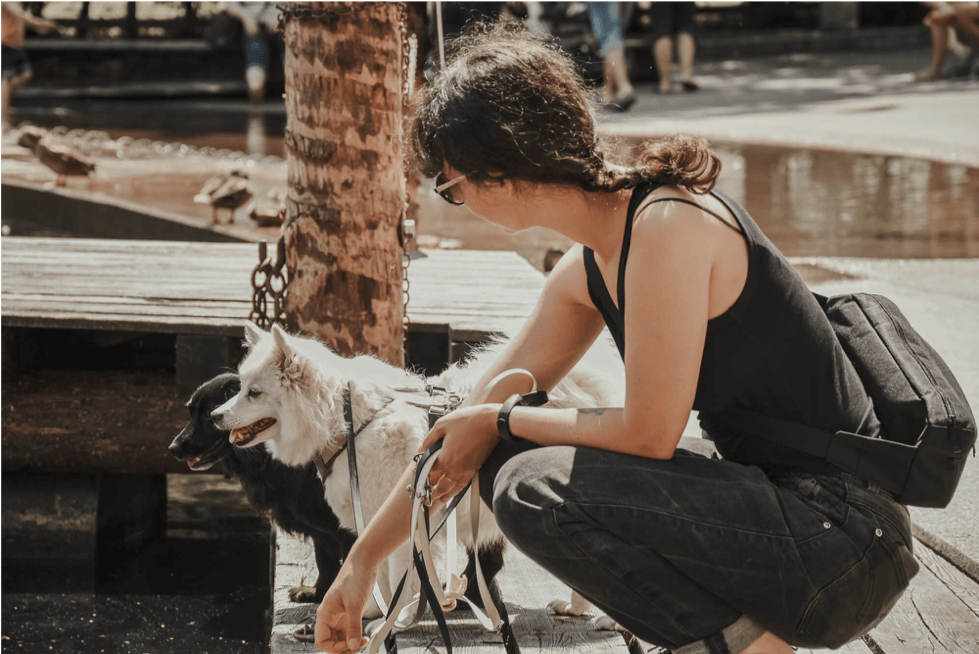
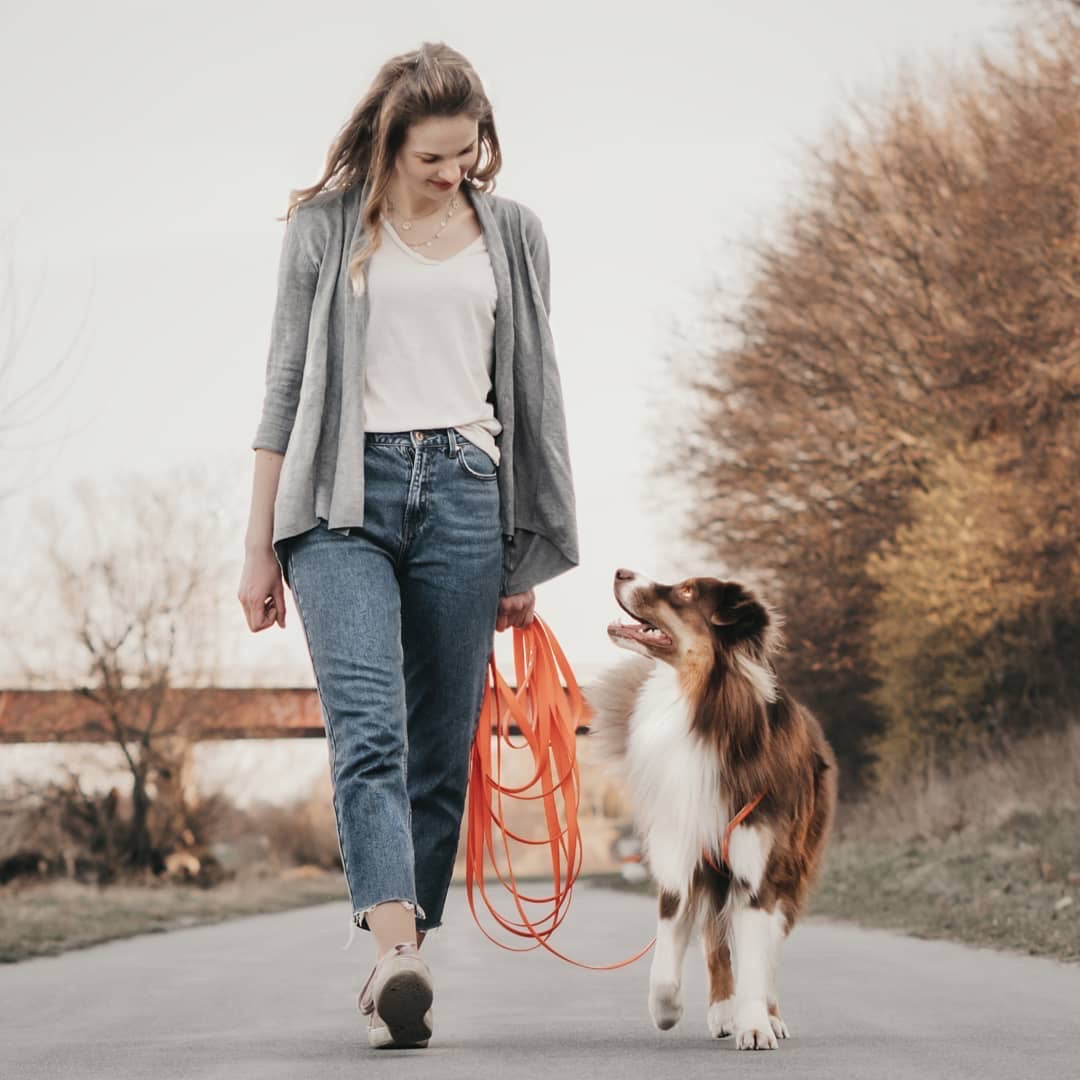
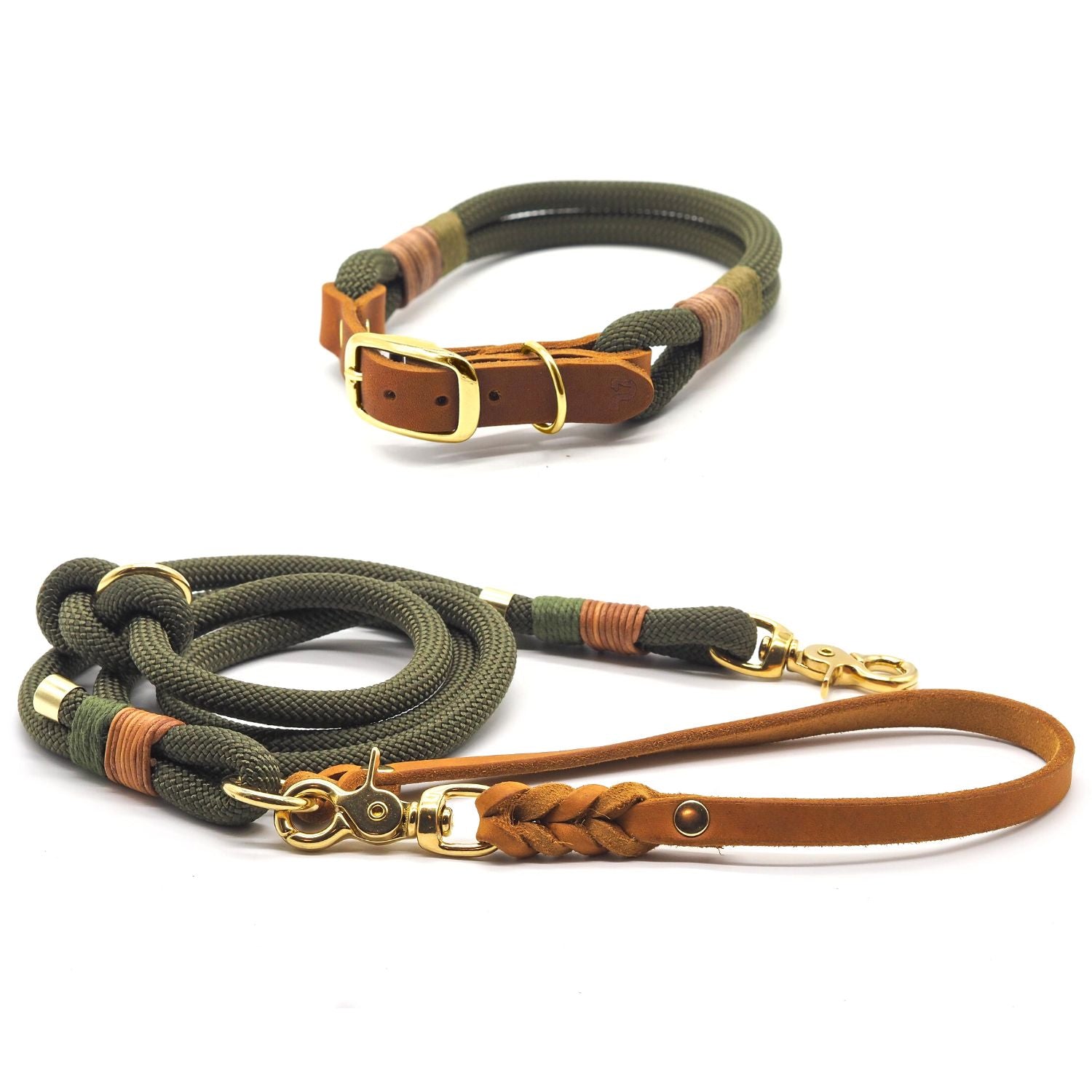
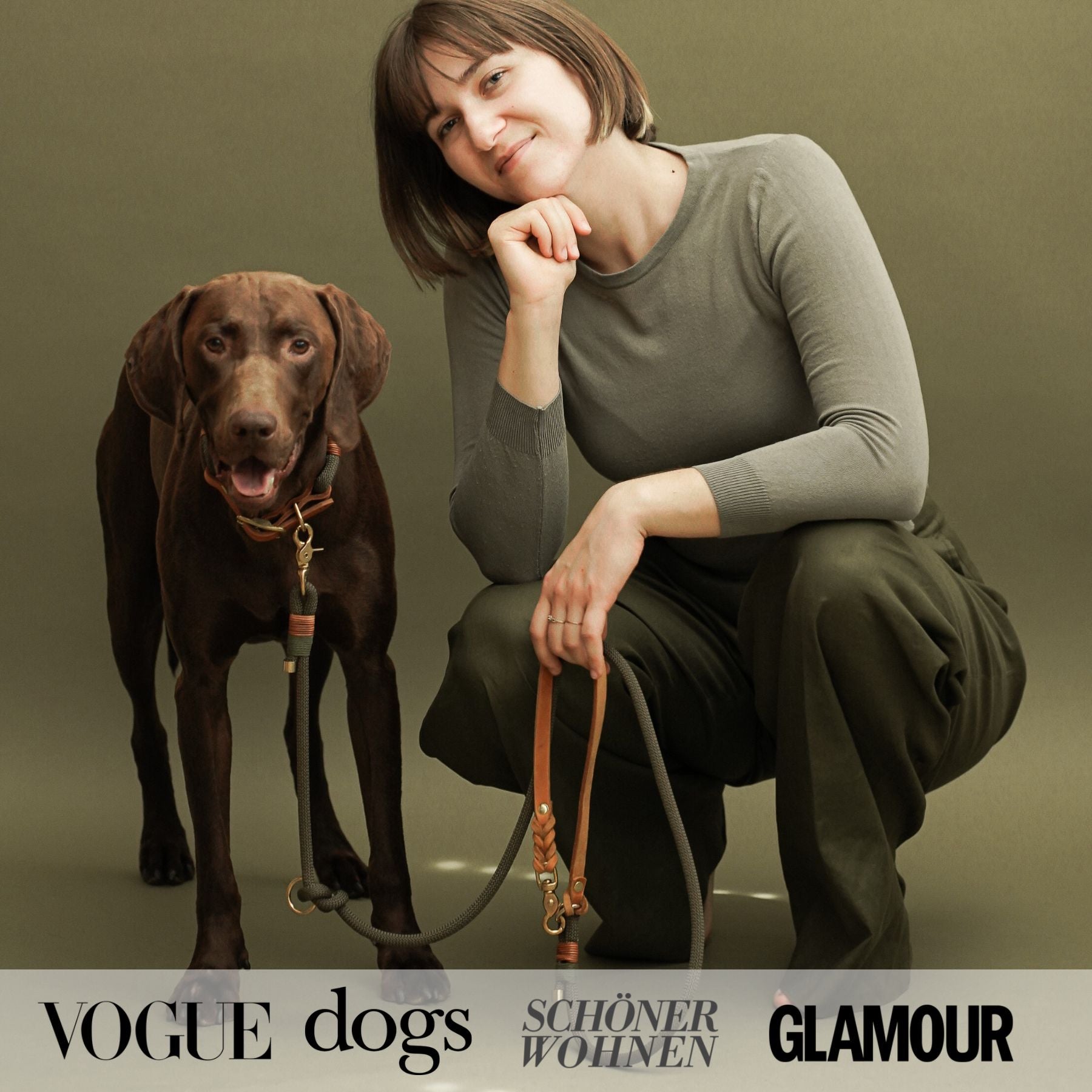
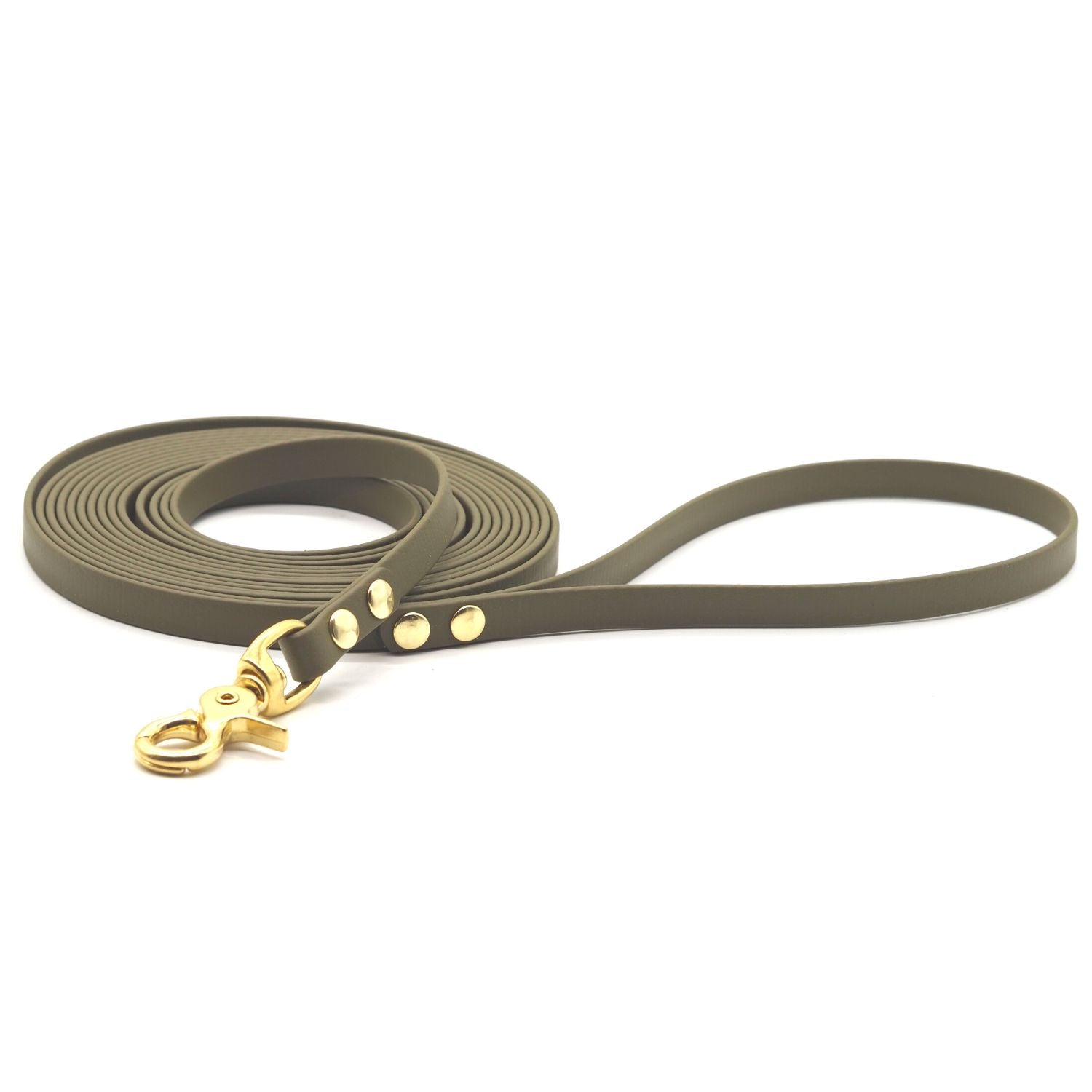
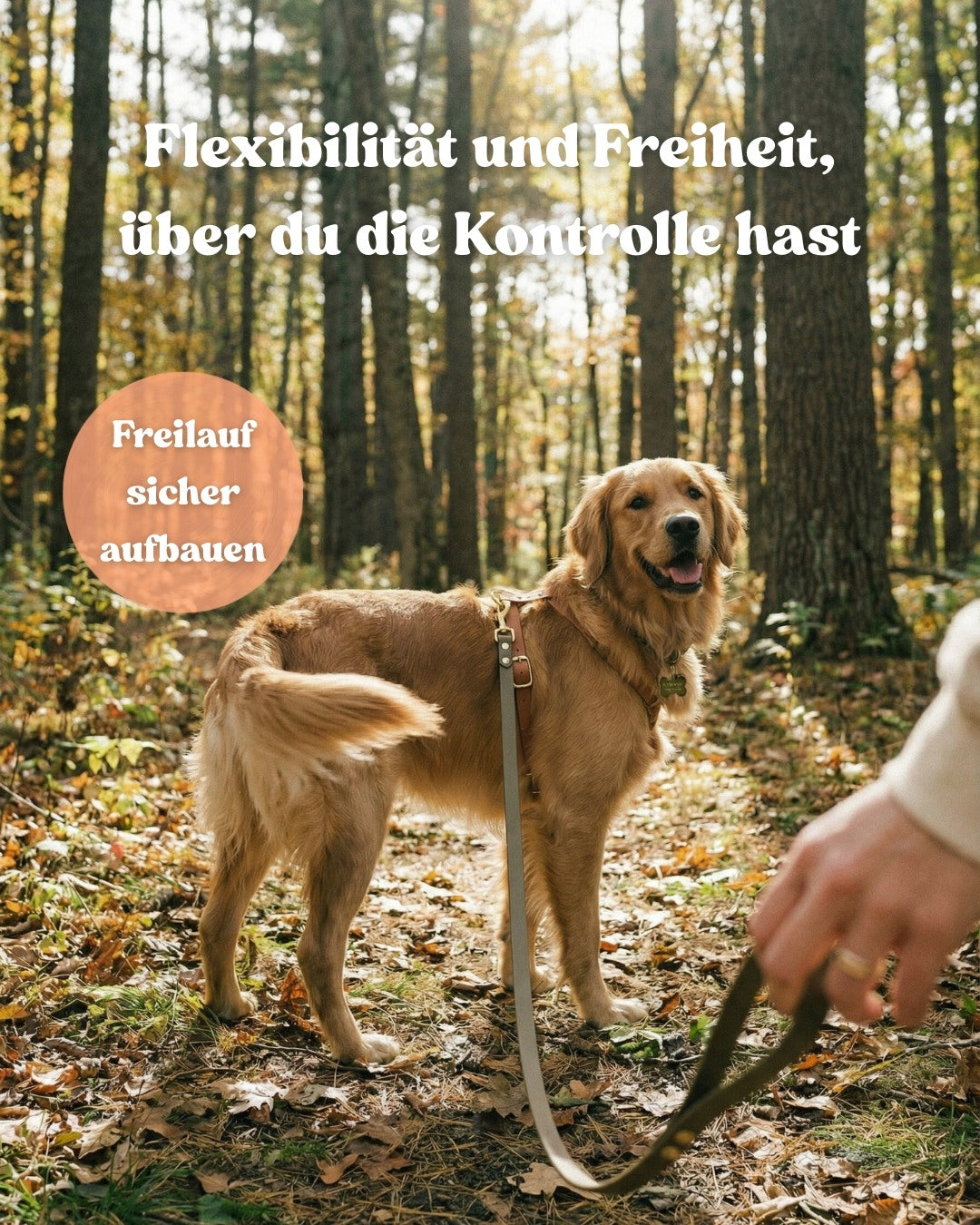
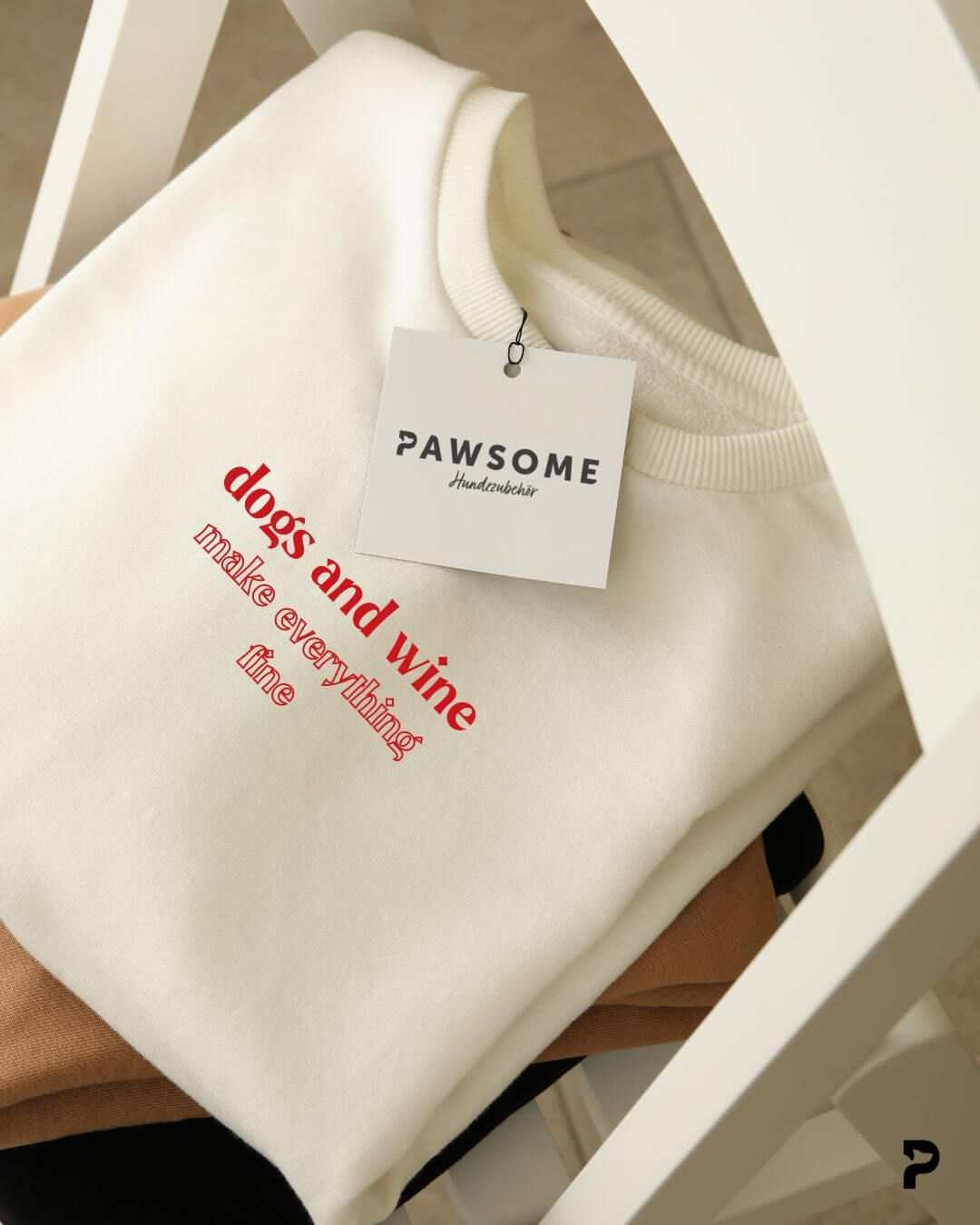

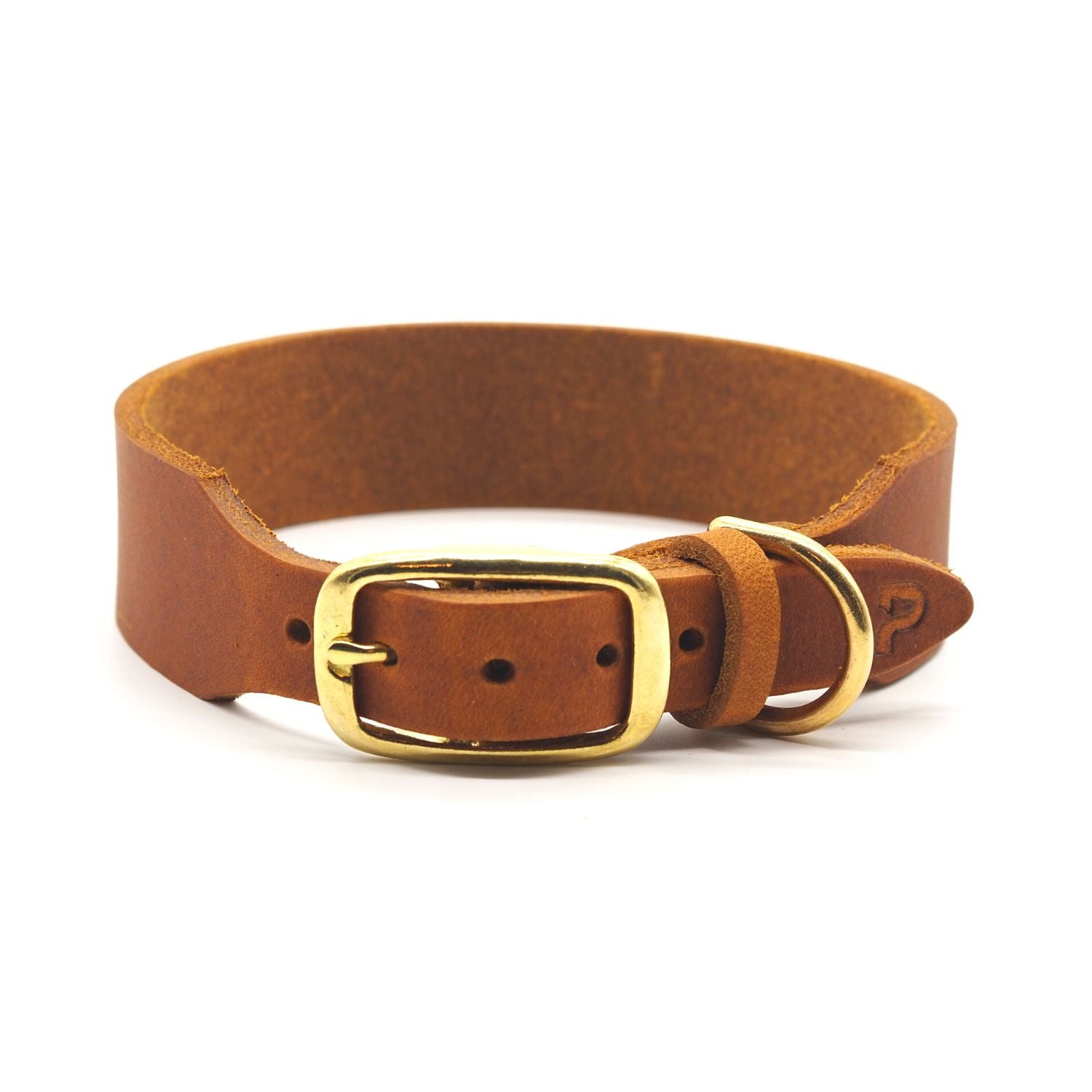
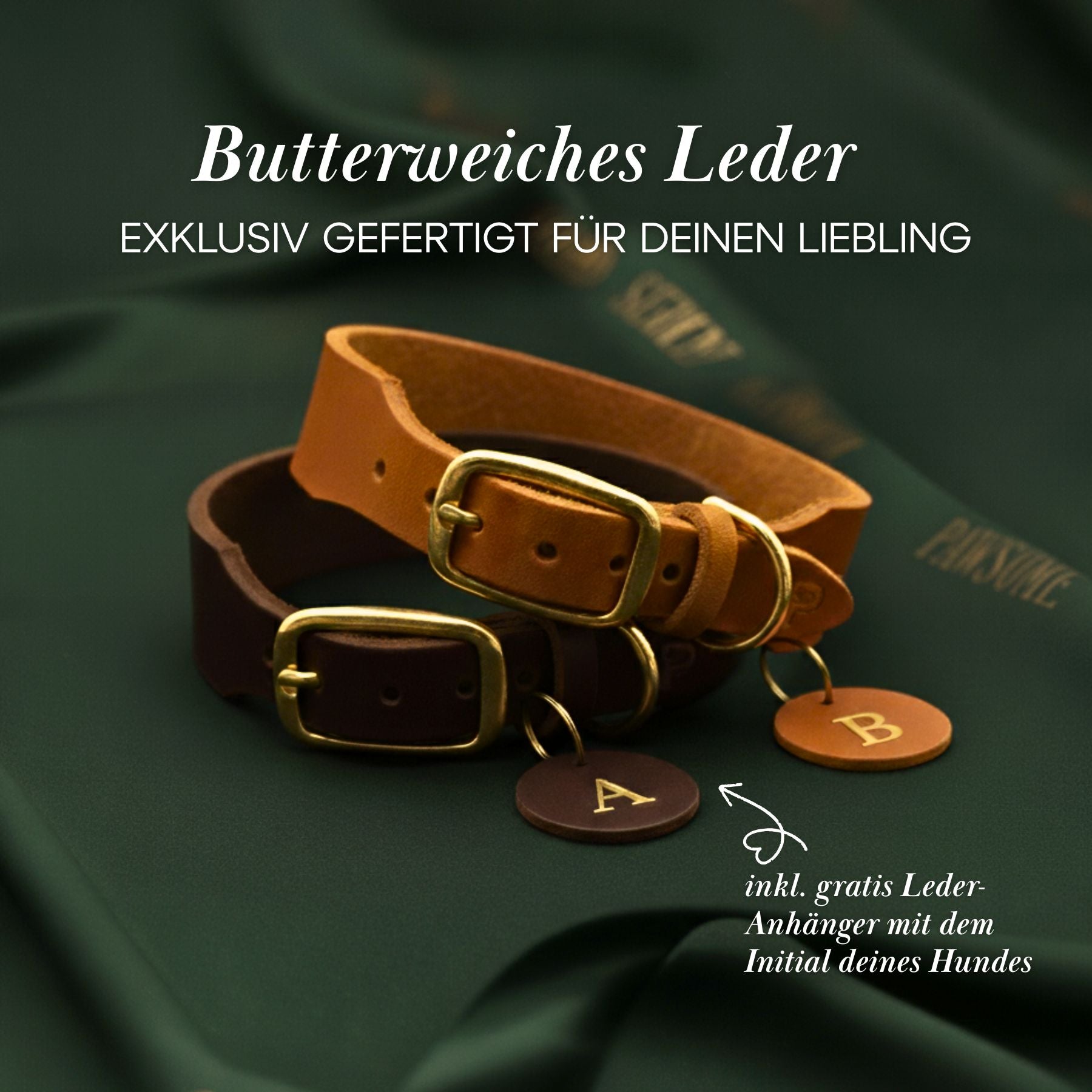
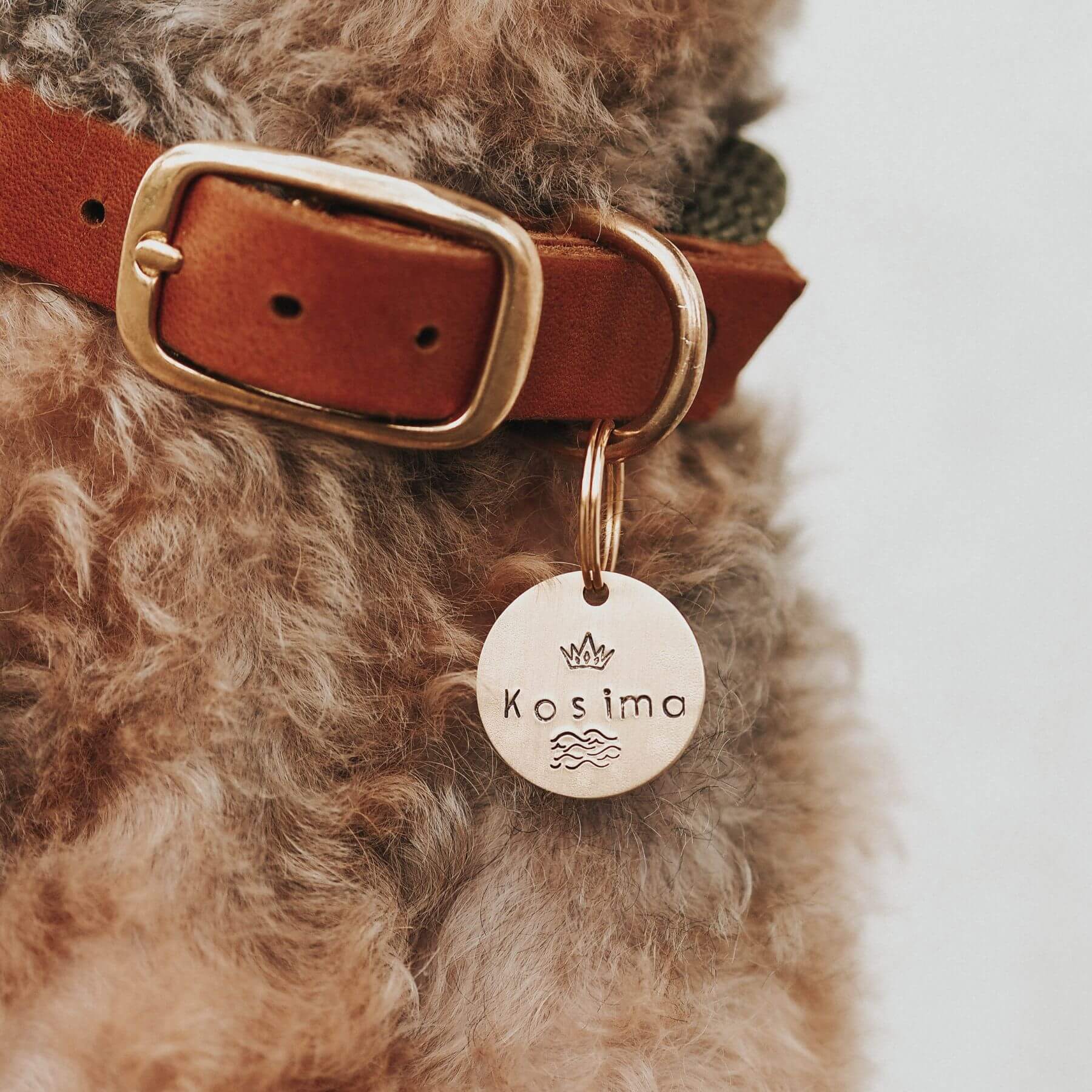
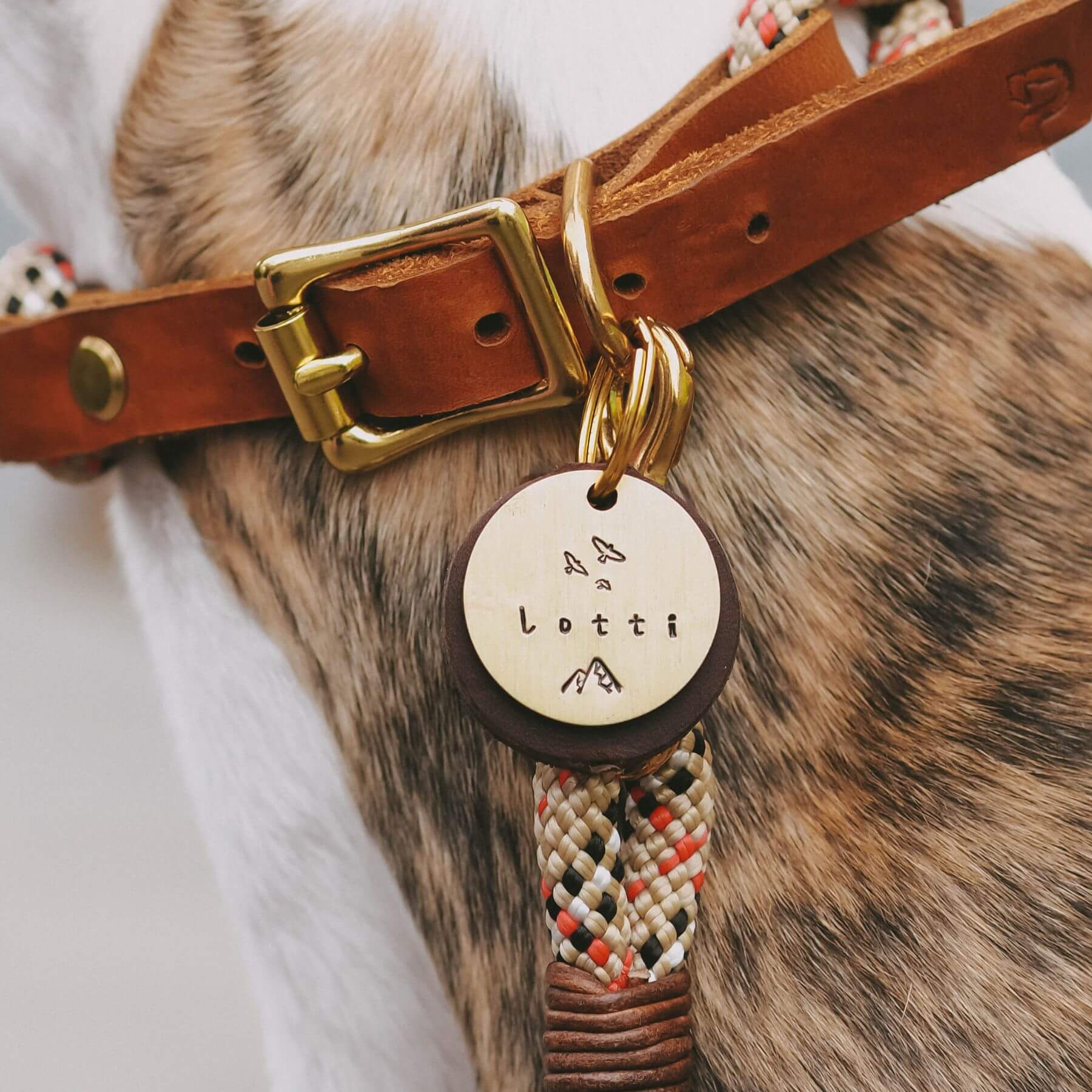




Leave a comment
All comments are moderated before being published.
This site is protected by hCaptcha and the hCaptcha Privacy Policy and Terms of Service apply.